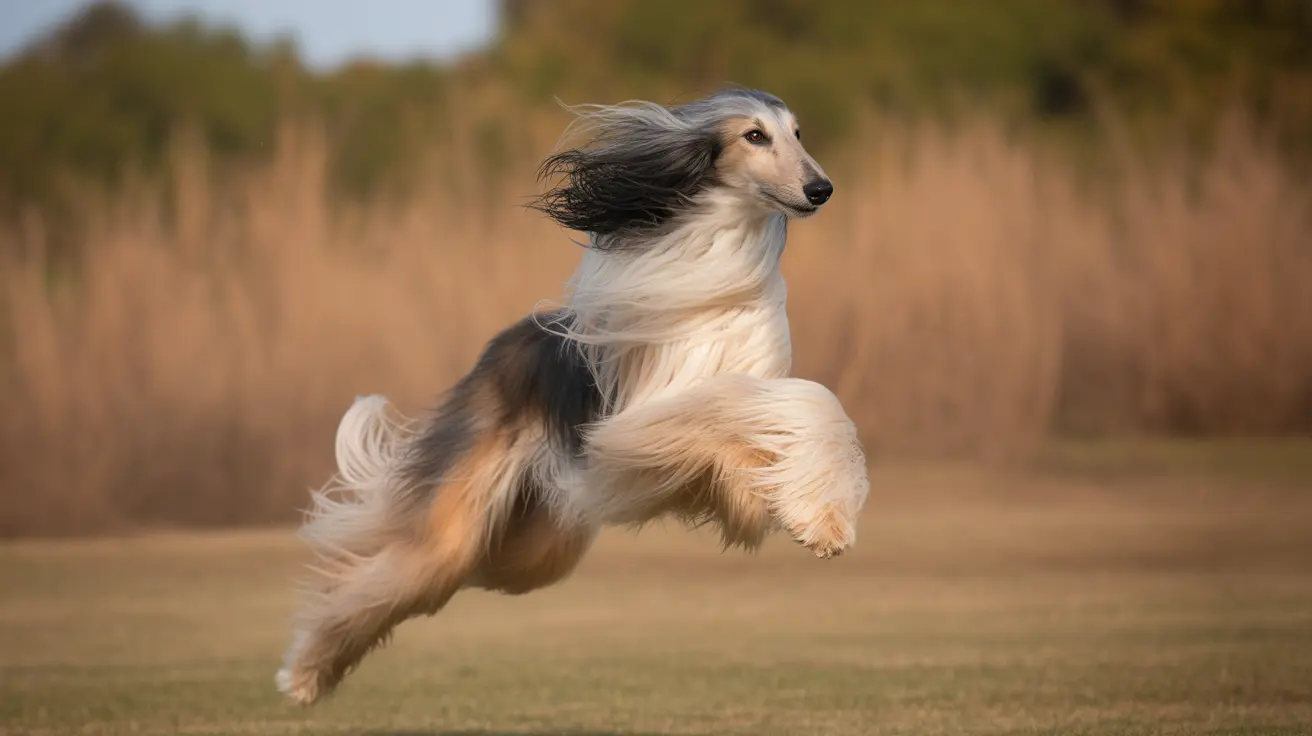Understanding Temporary Dog Fences: Safe, Flexible Solutions for Pet Owners
Temporary dog fences give pet owners the freedom to create secure spaces for their furry companions—without the commitment or hassle of permanent installation. Whether you’re living in a rental, traveling, or simply want an adaptable solution for your backyard or indoor space, these fences offer both peace of mind and versatility.
Key Considerations When Choosing a Temporary Dog Fence
Picking the right fence isn’t just about grabbing the first option you see. You’ll want to consider several factors to ensure it matches your dog’s needs and your intended use:
- Dog’s Size & Strength: Measure your pup from paw to shoulder and add extra height for safety. High-energy or large breeds often need taller, sturdier fencing.
- Behavioral Traits: Does your dog jump, dig, or climb? Diggers benefit from fences with ground-level barriers; climbers need inward-curved tops.
- Enclosure Area: For travel or outings, lightweight portable panels or mesh are ideal. For home use, heavier panels anchored into the ground work best.
- Ground Surface: Some fences anchor with stakes (good for grass), while others use weighted bases or suction cups for hard surfaces.
- Access Points: Look for models with gates and secure latches so both pets and owners can enter and exit easily.
Popular Types of Temporary Dog Fences
You’ll find a range of styles on the market—each with its own strengths:
- Modular Panel Fences: Metal or vinyl-coated panels connect to form freestanding enclosures. They’re easy to assemble, move, and reconfigure. Many include gates with latches for added security.
- Mesh & Vinyl-Coated Wire Fences: Rolls of mesh or wire stretched between posts offer customizable solutions. Posts can be driven into the ground or attached to existing structures. Square mesh prevents squeezing through; dig-resistant mesh deters escape artists.
- Flexible/Portable Fence Kits: These kits come with everything needed—panels/mesh, posts/stakes, gates—for quick setup and takedown. Some use ground anchors instead of digging holes.
- Pallet Wood & Lattice Fences: A DIY favorite! Recycle wooden pallets or lattice panels for an affordable solution (best for smaller or less energetic dogs).
- Portable Netting: Lightweight netting attaches easily to stakes or existing structures—great for short-term containment in various locations.
- Specialized Options for Renters: Some companies design fencing that avoids permanent modifications by using freestanding posts or removable sleeves—perfect if you can’t alter your property.
Main Features to Look For
- Tough Materials: Coated steel mesh, vinyl-coated wire, or durable PVC stand up to weather and wear.
- Sufficient Height & Security: Make sure panels are tall enough and sturdy enough for your dog's size/activity level.
- User-Friendly Anchoring: Stakes for dirt/grass; weighted bases/suction cups for hard surfaces.
- Latching Gates: Secure entry points prevent escapes while allowing easy access.
- No Sharp Edges: Rounded edges protect against injuries during playtime.
- Modular Design: Easily expand, shrink, move, or reshape as needed.
- No-Dig Barriers: Mesh extensions along the ground help stop digging escapes.
Straightforward Installation & Maintenance
The beauty of temporary dog fences lies in their simplicity. You usually won’t need more than basic tools (think hammer or snips). Many systems use zip ties and S-hooks for fast assembly. Kits often include layout diagrams so you can get set up quickly—even if you’re not handy. Maintenance is minimal: wipe down metal/vinyl parts as needed; check ties and anchors now and then; clean mesh with water if it gets dirty; tighten anything that loosens over time.
The Benefits: Why Choose a Temporary Dog Fence?
- Create a safe area where dogs can play, exercise, and relax—indoors or out.
- Deter wandering off, unwanted approaches by strangers, and entry into off-limits areas.
- A humane alternative to electric/invisible fencing systems (no shocks involved).
- No need for permanent changes—a win for renters and those who move often.
- Easily combine with other barriers/gates as your needs change over time.
Diverse Use Cases
- Home Backyards/Gardens/Patios: Set up an outdoor play zone without building a permanent fence.
- Parks/Campgrounds/Beaches: Contain your dog safely during outings.
- Public/Rental Spaces: Create off-leash zones without violating property rules.
- Events/Festivals/Workplaces: Add boundaries at temporary venues.
- Doggy Daycares: Easily modify spaces as group sizes change.
A temporary dog fence lets you adapt quickly to new environments while keeping your pet safe—and gives you one less thing to worry about when life changes unexpectedly!





